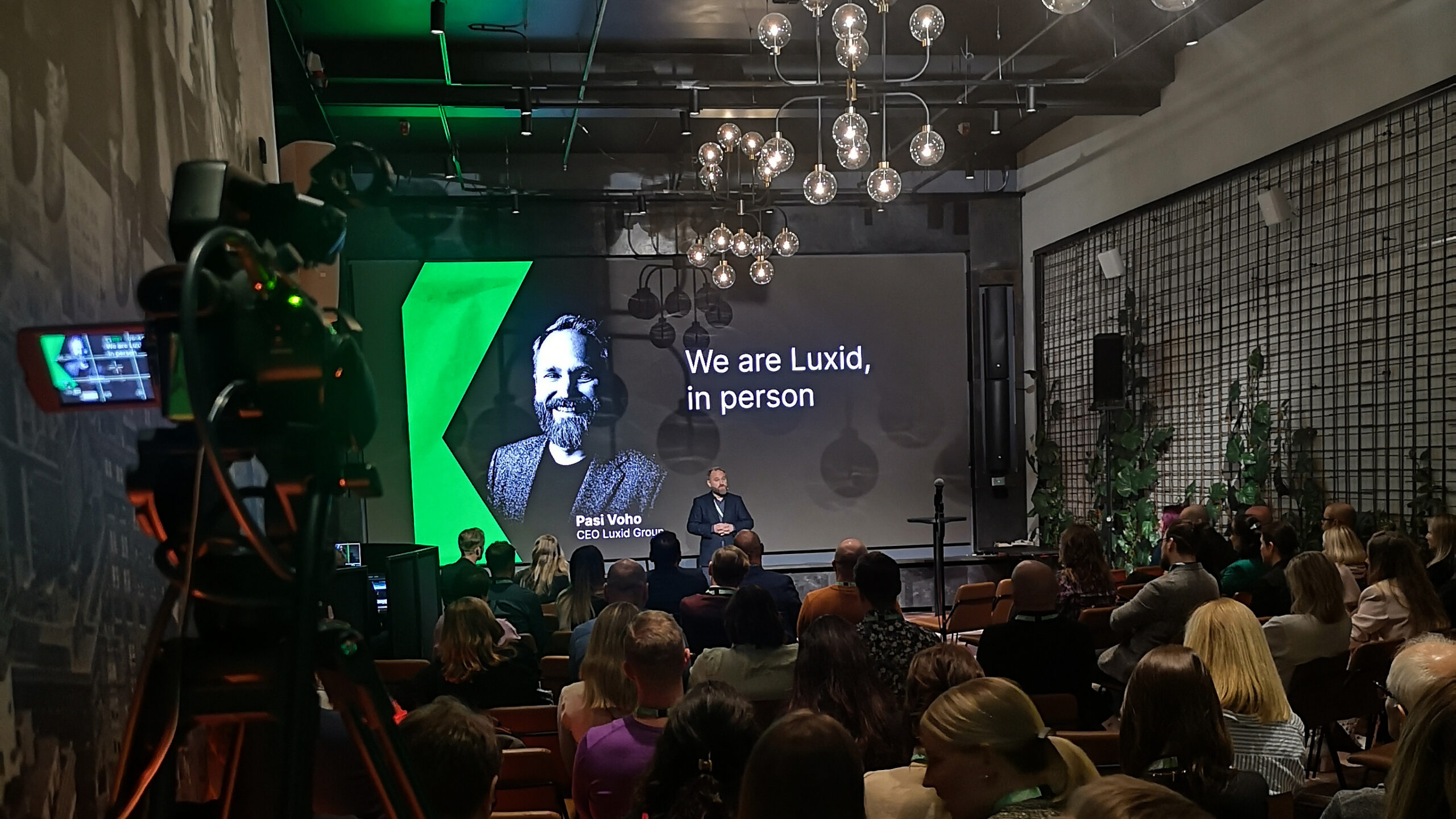According to the authors, we are living in the middle of an ecological sustainability crisis due to the erosion of nature’s carrying capacity. Ecological reconstruction is a matter of urgency – we need to move towards a society that improves the well-being of people and the well-being of nature.
Therefore, the hope lies not in clinging to the past, but in the opportunities to create a fair, sustainable, and inspiring future. Studies show, for instance, that the temperatures in Finland are rising more than the global average, but our country still remains viable.
President Sauli Niinistö also expressed his concern over the environment in his New Year’s Day speech. He said that the most encouraging piece of news of the previous year was the agreement the UN Biodiversity Conference reached in December on a global 30 per cent protection goal and on halting the biodiversity loss. The megatrend analysis published by the newspaper Helsingin Sanomat (Jan 3, 2023) notes that similar ponderings were already made by President Urho Kekkonen in his speech in 1970: “The pollution and partial destruction of our environment is advancing faster and wider every year.”
Nothing new under the sun, then.
For the first time ever, Idea Group calculated the carbon footprint of an event
Concerned about the erosion of nature’s carrying capacity, Idea Group has advanced its sustainability programme all last year. As part of the programme, our goal is to calculate the carbon footprints of all the events we arrange by 2025, and to compensate the emissions. We have briskly set to work, and for the first time calculated the carbon footprint of one of our events – a hybrid event that took place in Suvilahti, Helsinki.
Environmentally wise decisions are important
Travelling to an event used to be the biggest contributor to carbon footprint. Therefore, the location of the event is significant: if the participants can easily get to the venue with public transport, it makes a great difference. In the case of our event, you could easily reach the venue by bus or metro. Still, the biggest emission sources were private cars and flying.
We had 66 registered attendees for the live event, and about 1.000 people wanted to participate remotely. Since the weather was bad on the day of the event, only 46 attendees showed up in person. This meant that there was some food loss.
On the menu was vegetarian food. This is a good choice for reducing the carbon footprint. A meat course would have increased the emissions by 144 per cent.
So, you can make a difference in the carbon footprint by making environmentally wise decisions when you plan the event. The carbon footprint of the Suvilahti hybrid event mentioned above was 1.076 kg CO2e, and 23 kg CO2e per participant. The climate compensation was 150 euros.
Helping us with the calculations was Third Rock (www.thirdrock.fi), a company specializing in sustainability issues. This has been a challenging but inspiring learning experience for us at Idea Group. We have taken a leap towards our goal to improve the nature’s carrying capacity for our part and to arrange carbon neutral events.
Carbon footprint: The total amount of emissions generated by our actions, usually per year (can also be calculated per event, per client, etc.).
CO2e, or carbon dioxide equivalent: Emissions of greenhouse gases like carbon dioxide (CO2), methane (CH4), and nitrous oxide (N2O) into the atmosphere cause environmental stress. CO2e is a metric measure that is used to indicate the amount of carbon footprint. It includes carbon dioxide as well as other greenhouse gases converted to the equivalent amount and effects of CO2.
Compensation: Carbon or climate compensation means offsetting the emissions caused by one’s actions by supporting carbon sinks or emission reductions elsewhere. This is usually done by buying carbon offset credits from voluntary carbon markets.






